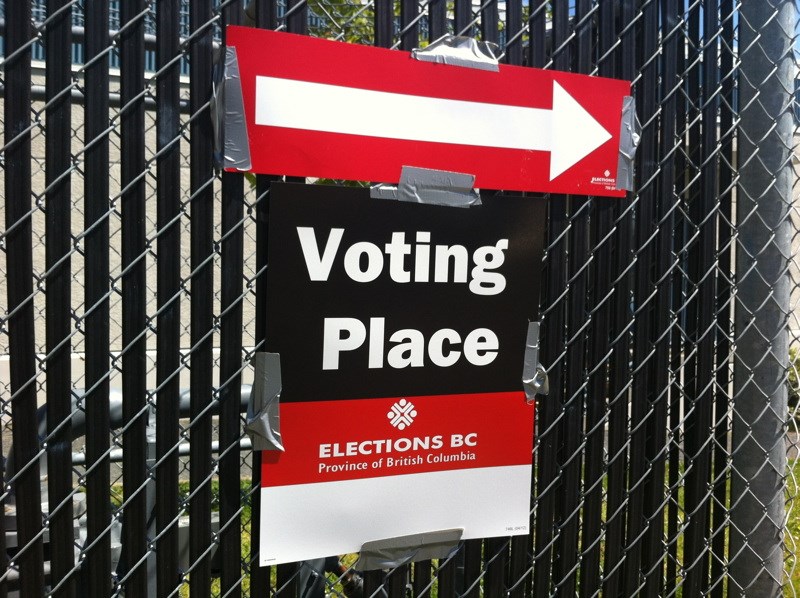While the final ballots in last week’s election are still being tallied, the figures so far hint at a wholly unexpected outcome. The Green surge that led to three MLAs being elected — a first in Canada — might have been due in considerable part to defections from the B.C. Liberals and Conservatives.
The B.C. Liberals and Tories, combined, dropped 136,000 votes from their 2013 showing (the Tories were nearly wiped out). The Greens gained 155,000. The NDP total remained almost unchanged.
Other factors could have played a role, including the arrival of new voters. However, it appears likely a good chunk of the Green upwelling came from disaffected Liberals and Conservatives.
I call this surprising because you would think a Green surge must come at the expense of the NDP — the party most similar in ideology. Yet the two parties that lost ground occupy the opposite end of the political spectrum.
So why did this happen? The answer, or part of it, might lie in the state of the Liberal and Conservative parties.
The Liberals have been in office for 16 years, and their main accomplishment — balanced budgets and a strong economy — has lost some of its potency.
The NDP’s mishandling of government finances during the 1990s, once a Liberal talking point, is no longer top-of-mind with most voters. And a bullish economy isn’t a remedy for unaffordable housing.
The Tories, meanwhile, leaderless and in disarray, were scarcely a realistic option.
In this telling of the story, the Green surge might have been due less to a permanent realignment than to temporizing by discontented right-leaning voters.
We saw a version of this during the 2011 federal election, when Quebec residents, fed up with the ineffectiveness of the Bloc Québécois, switched to the NDP.
Like most protest gestures, however, it didn’t last. The NDP turnout dropped off the next time around, as Quebecers returned to their former voting patterns.
The question is where we go from here. Let’s hope the Conservative party, long a useless appendage, will crawl into a hole and die.
But what of the Liberals? Lt.-Gov. Judith Guichon has invited Christy Clark to retain the premiership in the interim.
It’s imaginable, if the Liberals are defeated when the absentee ballots are counted, that Clark would step down. She might do so while retaining her seat until the next election.
But what if the Liberals end up with a razor-thin majority, or alternatively, cling on as a minority administration? In either of those eventualities, Clark would probably wish to remain in charge.
Yet it’s likely we’ll go to the polls again soon, due to the closeness of the contest. Can anyone see the premier winning a rematch?
When a party needs to renovate its platform from top to bottom, the first step, almost invariably, is to remove the leader associated with that platform.
Here, I believe, is the critical point. This was not an NDP victory — the party’s vote total remained unchanged. Nor was it unambiguously a confidence vote in the Greens.
This was, in part, a protest by Liberal supporters who wanted change, and parked their votes with the Greens as a stopgap. That change can either come from within, by the premier stepping down, or it can be imposed at the next election by a crushing defeat.
The good news for the Liberals is that a leadership contest is exactly what they need to revitalize the party and win back those disenchanted supporters. Indeed, after so long in office, it’s hard to imagine what other option they have.
Whether the Green surge was a harbinger of things to come, or a flash in the pan, is a good question. However, the answer lies not with Andrew Weaver, but with Christy Clark.



